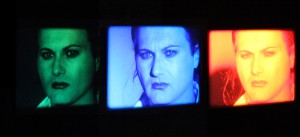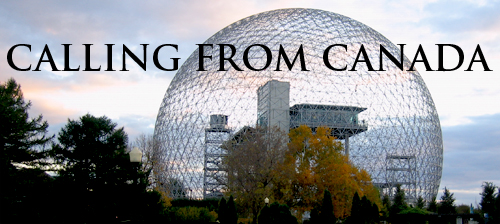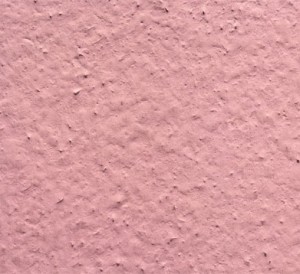The Great White North, as Canada is affectionately known, could be called something altogether different in the heated summer months. Try “Huge Hot Land” or “Expansive Land Mass Connected by Intermittent Places That Matter to Tourists.” The latter statement is definitely a bit crude, but every country is guilty of defining a nation’s arts and culture industries through a few select cities. And tourists help reaffirm the notion as they flock here when temperatures are more tolerable. In my following posts in this column, I will look at exhibitions in Montréal, Toronto, and Vancouver and provide an entry point to begin to talk about art in Canada and how it shapes the nation’s identity and cultural landscape. For a country that normally gets treated like the kid sister across the border, the arts are surprisingly vibrant in Canada, with many of its artistic exports doing well internationally. And this deserves some attention. Let’s start things off with Montréal.
One of the great things about summer in Montréal is that the laissez-faire attitude which the French-Canadian city is best known for explodes to its greatest heights. As it stands now, bicycles have taken over the city, café patios (until yesterday) brimmed with boisterous World Cup watchers, and picnic real estate is at a premium in public parks. Background is critical here: Montréal’s financial situation has been on a permanent hiatus since the economically disastrous 1976 Summer Olympics pummeled it into debt. This has inadvertently contributed to a thriving arts scene and a bohemian café culture to support it. Like Berliners, Montréalers appreciate affordable housing and the leisure time to enjoy it.
Summer boasts Montréal’s submission to major international music festivals (International Jazz Festival, MUTEK, Osheaga, Fringe etc.), while major art galleries’ and museums’ stab at summer programming represents something more modest with lower-profile exhibitions.
Right now, the Contemporary Art Museum of Montreal (aka the MAC), is presenting Yesterday’s Tomorrows, exhibiting Canadian artists (John Massey, David Tomas) and international artists (Dorit Margreiter, Simon Starling) who deal with modernism; that form of art associated with divorcing the individual from the same history which the MAC posits is making a comeback. The show uses furniture, sculpture, and paintings to explore modernism’s emphasis on functionality. The end result feels like walking into one of the display rooms of IKEA, but perhaps this is the show’s bleak point?
As usual, MAC makes a point to include a Quebec artist. David K. Ross’s new series Attaché features colorful, monochromatic, high-resolution photographs of art storage and packing crates from various museums. The textured surfaces recall abstract paintings, but the complexity and highpoint of the MAC’s summer show lies in its current film installation covering works by rising British contemporary art star, Runa Islam.

Runa Islam, “Assault,” 2008, three different photo stills from installation view edited adjacently together. Photo by Raji Sohal.
Refreshingly, Islam uses 16mm film, which allows for higher light intensity and color saturation. In Assault (2008), a film projects the image of an individual’s blurred face onto a thin eye-level screen suspended by invisible wire (think sleek, Matrix-like interface). The projector itself is an intentionally visible part of the installation and stands in the place where a camera would normally be, blasting a bright projector light to which the film’s subject appears to react, as much as the museum visitor would. The visitor is encouraged to walk around the installation and “try out” different angles or points of views.
Pointing to the devices used in the work — the screen, the projector, the film — Islam’s work is devoid of narrative structure, instead probing the phenomenological by engaging participants in what they see and how they see it.
In The House Belongs to Those Who Inhabit It (2008), Islam “writes with camera” by allowing the lens to follow the sound (and not the sight) of a can of spray paint as graffiti writers tag a building in which they squat. With Be The First To See What You See As You See It (2004), a woman dressed in white surveys a set of fine china tea service on exhibit in a museum, then slowly and deliberately knocks everything to the ground. Once again, Islam explores the relationship between sight and expectations (in this case social).
Runa Islam’s show at the MAC is its summer exhibition’s saving grace. It is also a welcomed contemporary foray into film experimentation, proposing — as we know all too well by now — that even with the continued rise of video art, there is still much more to be explored in film art.







Pingback: Calling From Canada: Runa Islam at Contemporary Art Museum of … | Syed Adnan Ahmed Blog